Despite recent weeks with nighttime temperatures falling into the low twenties (Fahrenheit) and colder, splendid blooms continue. Periods of mild temperatures shortened the flowering of a handful of native, common witch hazels (Hamamelis virginiana, below) from months to weeks, but mahonias and camellias will flower through much of December and often into the new year.
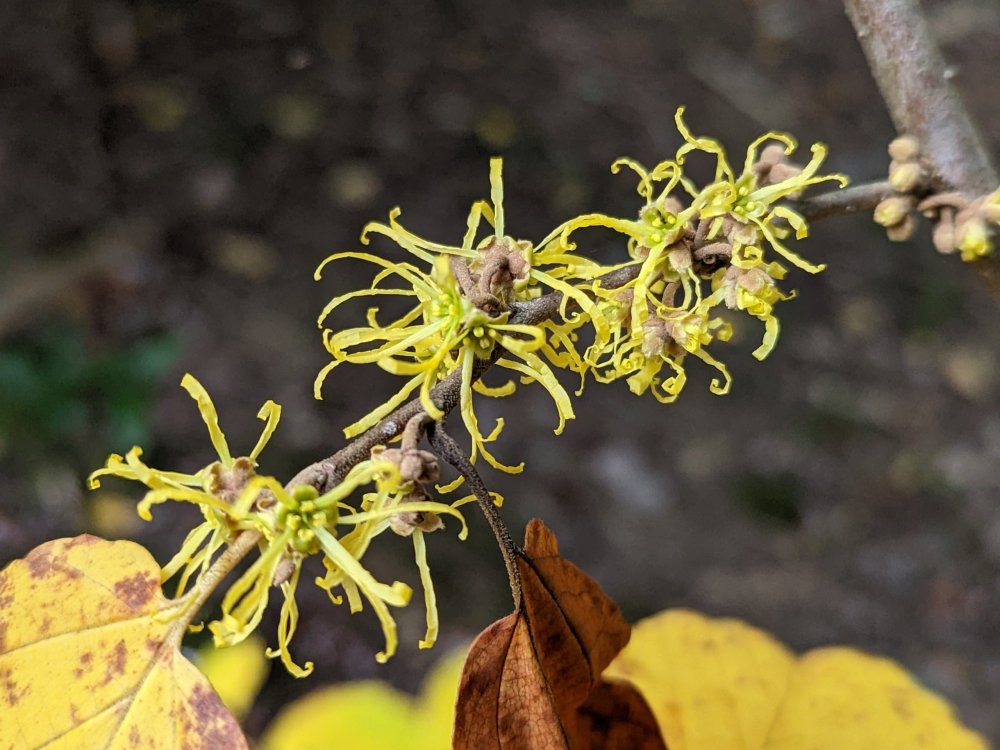
Late autumn and early winter flowering camellias are an iffy proposition with numerous buds that remain after their early November peak. This year, peak bloom was interrupted by several chilly nights when temperatures of twenty-five and colder turned flowers to brown. Within days of the ruined blooms, swelling buds showed color with several opening fully just before the next round of cold (below). This cycle continues for weeks, sometimes through January, and on occasion early spring flowering camellias will cross paths with the latest winter flowers.
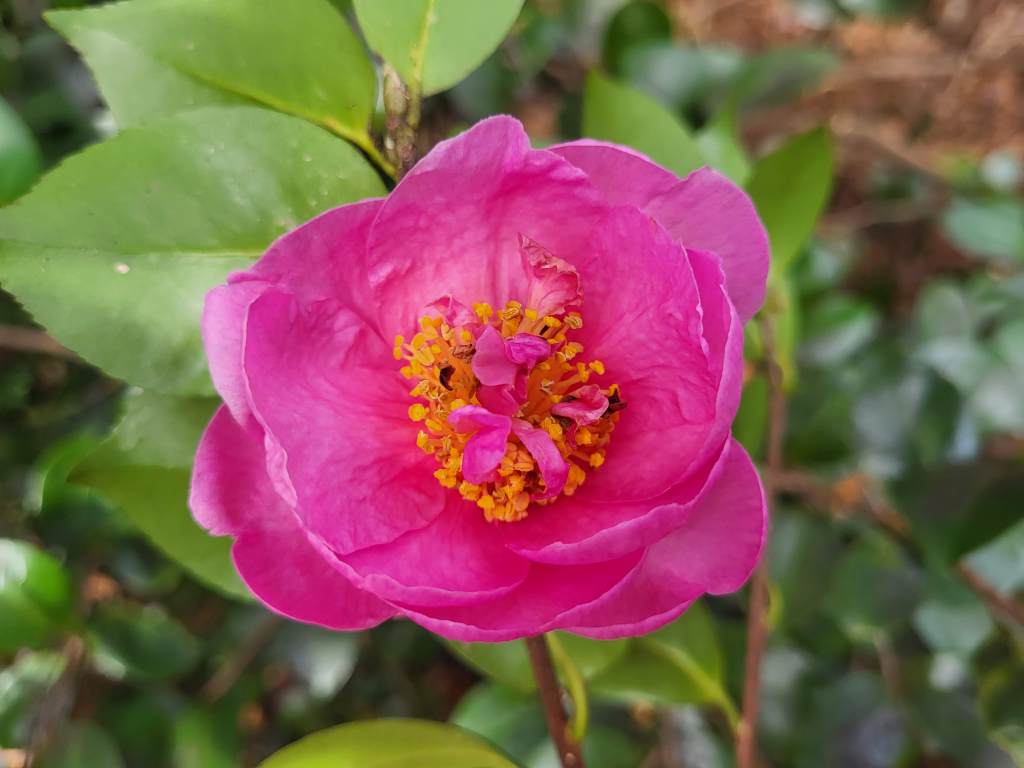
In its first winter a year ago, pendulous flower buds of the Australian shrub grevillea (Grevillea victoriae ‘Murray Valley Queen’, below) did not open despite consistently mild temperatures. I incorrectly assumed this failure would repeat this winter, so I was surprised to see glorious blooms in mid-November on this otherwise less than remarkable shrub with gray-green foliage. I remained skeptical that flowering would continue through freezes of the past few weeks, but blooms are barely bothered by the cold, at least so far. With my newfound fondness, I am now wary that varying reports of cold hardiness might endanger its survival if we’re visited by more typical winter temperatures.
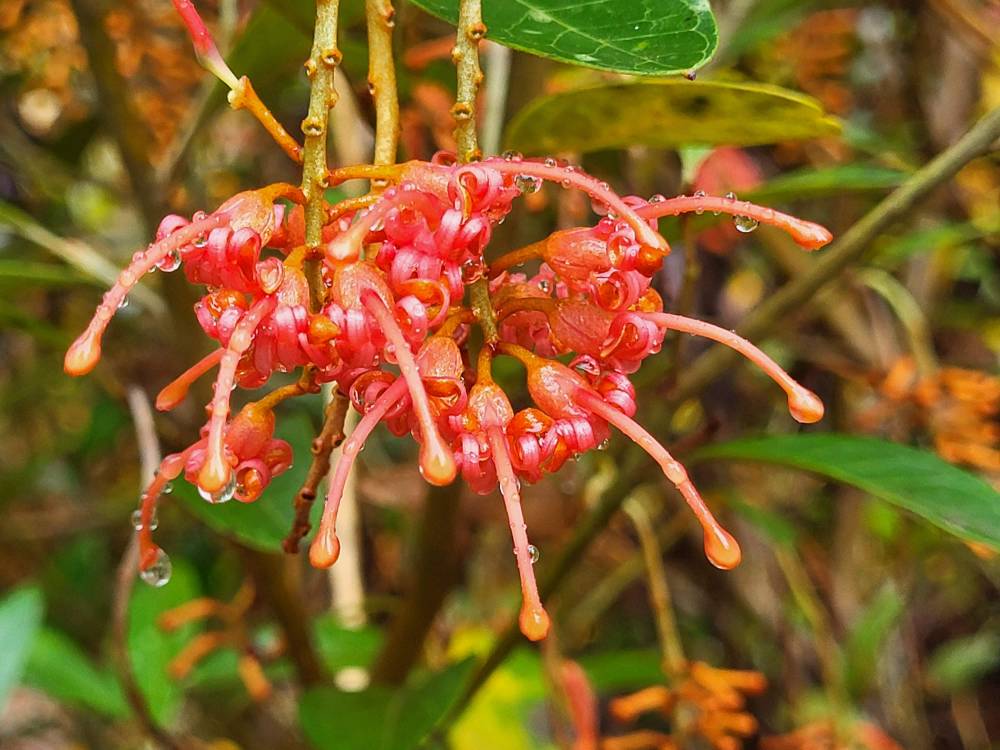
The first of the hellebores is flowering with blooms of several others imminent. All are hybrids of the Christmas rose, Helleborus niger that typically begin flowering in late December in this garden but occasionally sooner. This year the bloom is early, but by the first of the year multiple hellebores will be flowering continuing into early March. Late winter flowers are slow to fade, so hellebores are often credited for flowering into April, though the flower is much less effective once temperatures begin to turn warm.
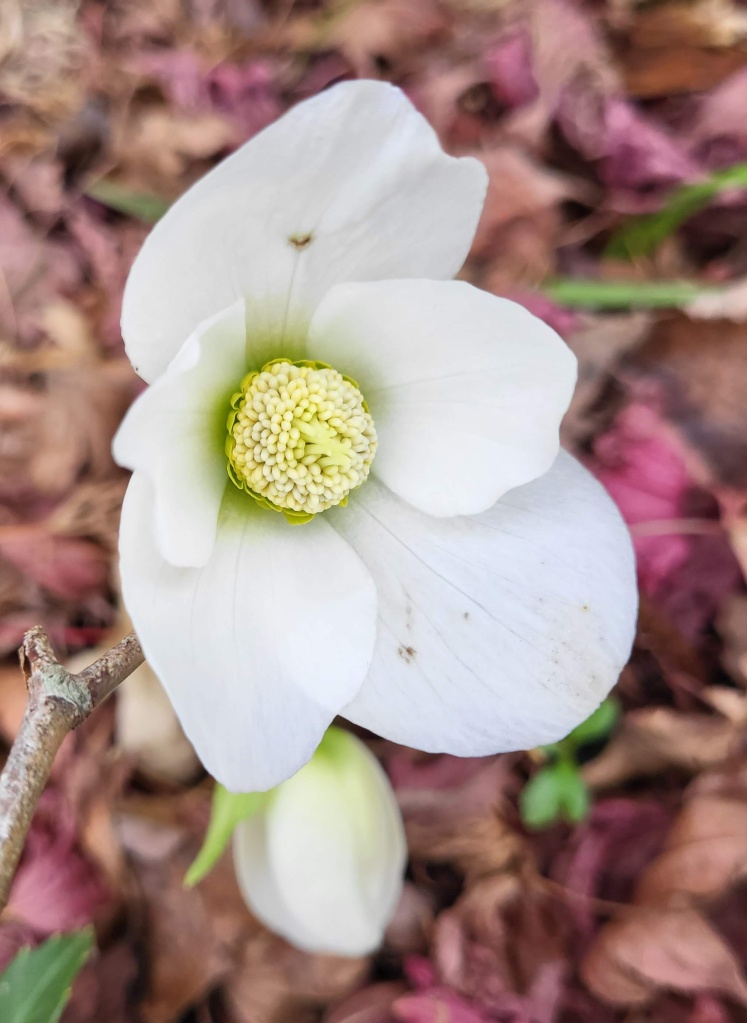

As often happens, I’ve lost track of several of the garden’s late autumn flowering mahonias. I know several are ‘Winter Sun’ (Mahonia x media ‘Winter Sun’, above and below), but I’m uncertain which are ‘Underway’ and ‘Charity’ since differences are slight. This is an argument that favors tagging, but too late now. The leaves of ‘Marvel’ are distinctive with only spines at the leaf’s tip, while other mahonias have spines on all sides.
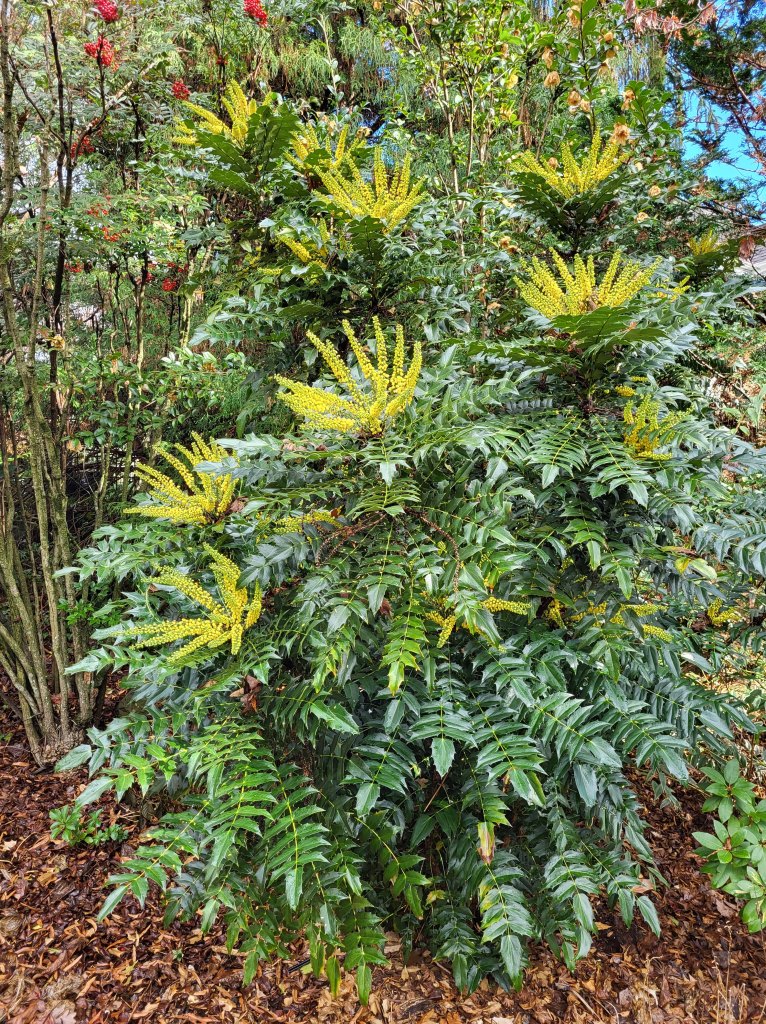
Flowers of mahonias are expected to persist into early January, and occasionally to the start of February. In a mild winter there is often an overlap with the late winter flowering leatherleaf mahonia (Mahonia bealei, below). Flower buds already show color in early December, so it seems likely these will bloom early. I’ll be watching.
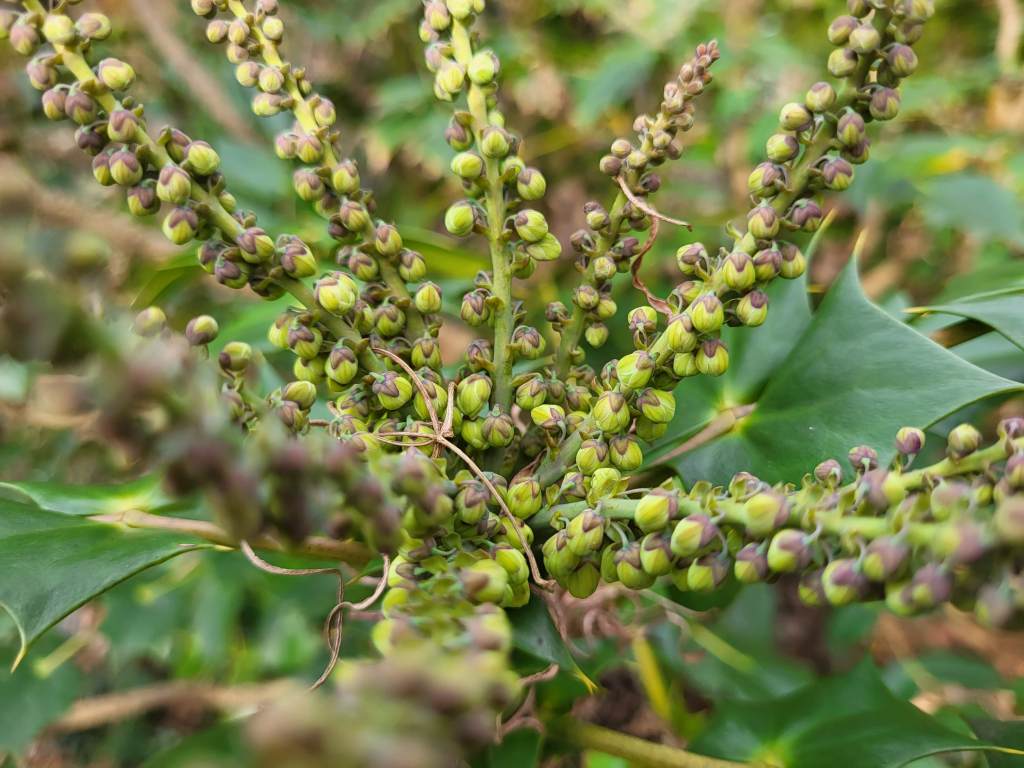
Awesome flowers.. I enjoyed the december flowers 💐 🌸 🏵
Many of the December and January flowers are favorites to keep me going through winter.
That’s wonderful to know.